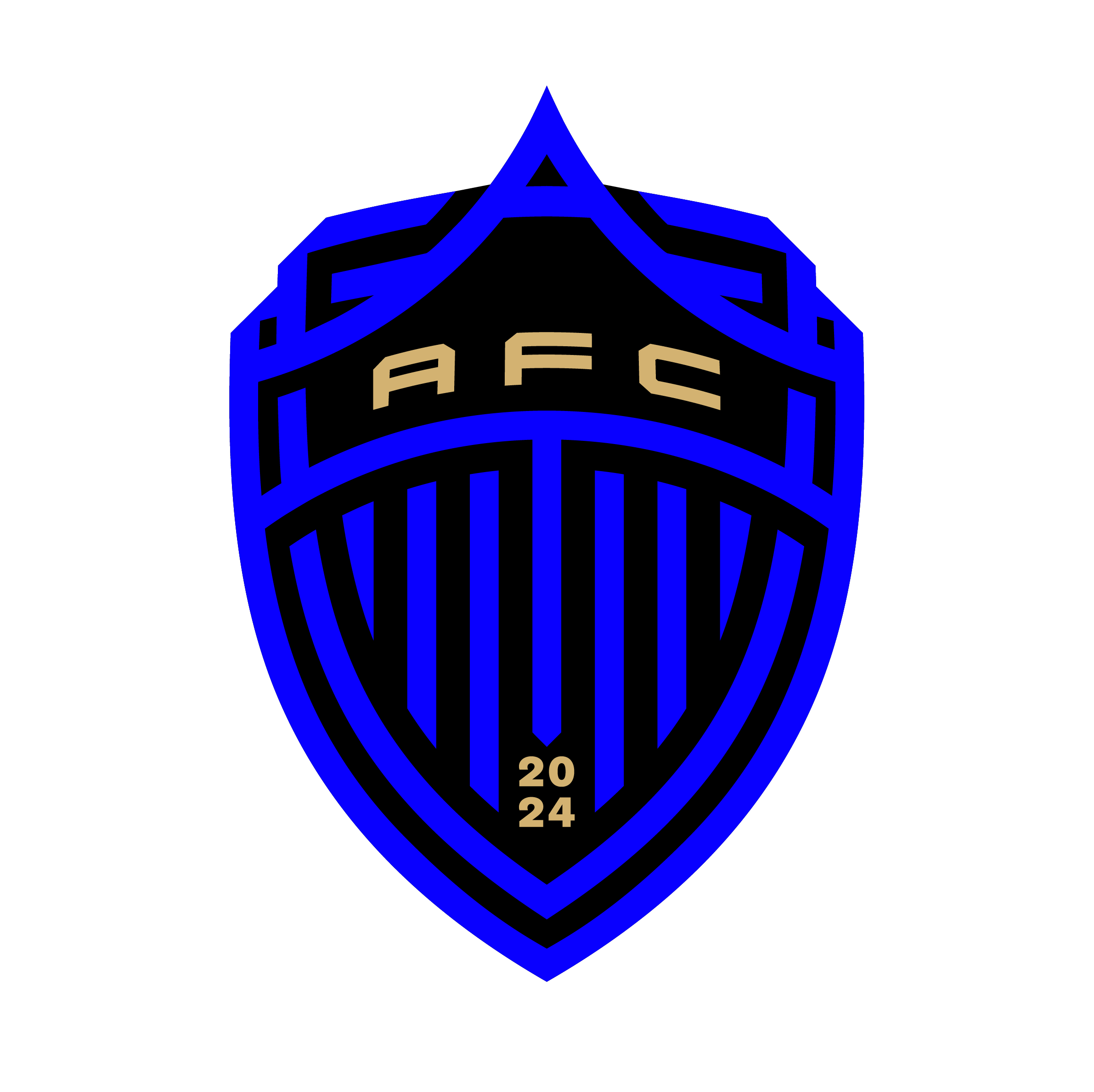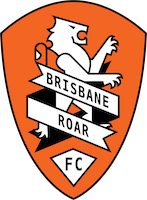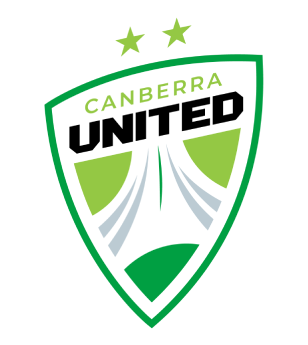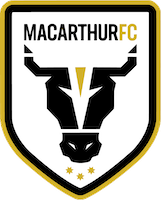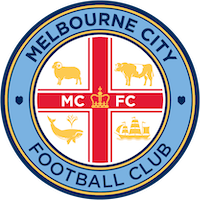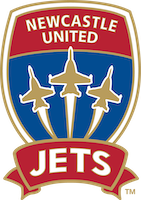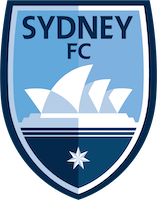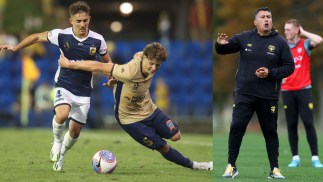Australian football has a pulse after all.
Off the back of a global pandemic that left the Socceroos playing just four home qualifiers in this World Cup campaign and threw the last two A-League Men’s seasons into chaos, the game all of a sudden appears to be in a good place.
Fine margins yes, and football doubtless has oodles more potential in Australia. But the Socceroos’ Qatar 2022 qualification leaves us with a unique opportunity to capitalise.
It is the first time a World Cup will be played during an A-League Men’s season, and the first played in November/December, on the eve of grassroots football seasons and smack bang in the registration period.
Heck, the summer-school holiday combination – or thereabouts – and parents may even let kids watch back-to-back matches through the night.
It should trigger a spike for Australia’s most participated sport. The by-product could be enormous, and it also means Federal and State Governments and Local Councils must accommodate Australia’s – and the world’s – No.1 junior sport.
Local clubs, most of whom are run on volunteer basis, may not be ready for this mass influx – watching Lionel Messi, Kylian Mbappe, Cristiano Ronaldo, Harry Kane, Luka Modric and company will only help the interest.
But if the sport can solidify its structures, continue resetting the culture and create a link to the professional A-Leagues competitions, the benefits will be seen in years and decades to come.
The A-League Men’s and Women’s seasons will be book-ended by the Socceroos featuring at Qatar 2022 and the Matildas headlining the 2023 World Cup on home soil. That is an enormous opportunity for the sport to set itself up for the next decade.
THE PRODUCTION LINE
Football is the key, in a collective and individual sense, and the signs are bright.
The A-League Men’s youth-focused reset, starting two seasons ago, has been a key to the Socceroos’ fortunes, with a record number of games and minutes for Under 21 players, comparable to the NSL days.
The Olyroos, as the gateway to the senior team, have been integral, and Australia’s Tokyo 2020 qualification and upset of Argentina was a pivotal moment.
It gave the players belief and coach Graham Arnold the confidence to promote to the Socceroos, with Kye Rowles, Marco Tilio, Nathaniel Atkinson, Nick D’Agostino, Denis Genreau, Joel King and Riley McGree all called up since, while Connor Metcalfe and Harry Souttar had already been drafted.
Nine of the squad for Peru played in the most recent A-League season, 13 featured in the last two seasons, while 21 have featured in the A-League.
And with the Olyroos reaching the semi-finals of the Under 23 Asian Cup, the next crop is making an impact.
Yet everyone involved in Australian youth football would agree that things can only improve, with Covid leaving Australia’s youth national teams largely inactive and the A-League Youth on hold, while youth development still finding its way after an era of mass change.
The naturalised cohort of Martin Boyle, Harry Souttar, Fran Karacic and – to a lesser extent – Bruno Fornaroli have contributed, and with the benefit of another five months, Arnold will have some selection headaches come Qatar 2022.
AUSSIE COACHES
World Cup qualification will be the making of Arnold as a coach, and he will take huge confidence from Qatar 2022 and the nature of qualification.
His sheer relief at the final whistle smacked of a man that’s carried a massive burden on his shoulders over several years, and – by all accounts – was under pressure to keep his job a few months ago.
He did it his way, flanked by a familiar coaching staff who he drafted in (assistant Rene Meulensteen, keeper coach John Crawley and conditioning guru Andrew Clark) and made the bold call to bring on Andrew Redmayne for the shoot-out.
As soon as he made the Redmayne decision, it would define his Socceroos tenure. If it failed, he would have been pilloried, with the critics growing even more vocal. In the end, it was a masterstroke and captain Mat Ryan’s selflessness and positivity when coming off underlined how expertly it was handled by Arnold, the underrated Crawley and his staff.
Right now, our collective Aussie coaching stocks have never been higher. An Aussie is taking us to the World Cup for just the third time, after Rale Rasic and Ange Postecoglou, while the Celtic boss is about to become the first Aussie to coach a club in the men’s UEFA Champions League, with Harry Kewell by his side.
Kevin Muscat’s Yokohama F. Marinos are atop the J1 League table, with Ross Aloisi and Shaun Ontong assisting him. Paul Okon landed the Club Brugge assistant’s role. John Aloisi has just silenced the doubters with a maiden A-League trophy while 11 of the 12 A-League Men’s coach’s are Aussies. Juventus’ perennial trophy winner Joe Montemurro, Philippines coach Alen Stajcic and Chelsea assistant Tanya Oxtoby are flying the flag in the women’s game.
One thing that’s become apparent in the criticism of Arnold, is that he has been unfairly compared to the coach of the previous campaign, Postecoglou.
Both have been underrated in Australia, falling victim to the cultural cringe factor where we don’t give our coaches (and players) enough credit. Postecoglou has since proven he’s world-class.
Arnold, who’s won two A-League trophies and three coach of the year gongs, now gets to make his mark on the global stage against the 31 best nations in the world.
The ex-Central Coast and Sydney FC coach comprehensively outwitted experienced Ricardo Gareca, whose 26-year coaching tenure includes numerous trophies, second and third-place Copa America finishes, a 2018 World Cup berth and knocking Colombia, Chile and Paraguay from Qatar 2022.
It’s not a bad start for Arnold.
WHAT IF WE MISSED OUT?
If missing out on the World Cup was meant to be our wake-up call, the nature of qualification was the closest thing to it.
There was a school of thought that missing out was needed, although the Football Australia bean counters would disagree.
There is no doubt that the young (A-League) generation of fans do not know what it’s like to miss out on a World Cup. And while no-one wishes anything close to the 32-year hiatus between 1974 and 2006, the absence and qualifying heartbreaks (headlined by Iran 1997) made Uruguay 2005 so special.
Hopefully Australian football can collectively learn from this campaign and apply the lessons learnt to progress the game from grassroots up.
If the Socceroos lost, the post-mortem would have been fierce. A heart-breaking penalty shoot-out loss may have delayed that inevitable critical analysis, and this only goes to underline football’s fine margins.
But if we aspire for the Socceroos to be perennial World Cup knockout contender – or dare we say it, one day winning a World Cup as the late great Johnny Warren, Craig Foster and Postecoglou have all stated should be our ultimate aim – we have a lot of improving to do at all levels.
And this heroic win and fifth straight qualification should not paper over the cracks of a game that firstly, must continue unifying, growing, resetting culture and sharpening up youth development pathways, before taking on the bigger codes and – more pertinently – the bigger nations abroad in earnest.
STAR POWER
The Socceroos lack a Harry Kewell, Mark Viduka, Tim Cahill or Sam Kerr, but the team is greater than the sum of its parts and a host of players are carving impressive careers.
If the definition of a star is dominating in one of the Big Five leagues (England, Italy, Spain, Germany and France) then we have appeared to be a way off with the relatively lower number of players in those top competitions. But things can also turn quickly.
A breakout season for club, or a breakout World Cup tournament for country can be enough to propel a player into the big leagues, and with the volume of youngsters getting opportunities in the A-League and abroad and the Australian youth national teams’ results, it appears inevitable.
Aaron Mooy and Mat Ryan have had impressive stints in the Premier League, while Mat Leckie was a Bundesliga mainstay for the best part of a decade, where Ajdin Hrustic is making his mark with Eintracht Frankfurt.
Fresh from his European triumph and two ice cool penalties on the biggest stages (Europa League and the Socceroos’ qualifier), Hrustic looks set to take the next step for club and country.
Next season Genreau will play in France’s Ligue One with Toulouse, while Riley McGree (Middlesbrough) and Jackson Irvine (St Pauli) were close to making the step up into the English and German top tiers respectively.
Ex Central Coast striker Alou Kuol is owned by Bundesliga club VfB Stuttgart, while there is plenty of interest in young Australian talent including his brother Garang Kuol (Mariners), Melbourne City’s Marco Tilio and others.
The Socceroos can and will produce another superstar in the foreseeable future, and the fact that the game is in good nick and the team has just secured five qualifications on the bounce is a good sign.
And between now and November, the A-League is a rock-solid option for any Qatar 2022 hopefuls who may be battling abroad for match minutes.
What a time to be alive as an Aussie football fan. Who would’ve thought.

